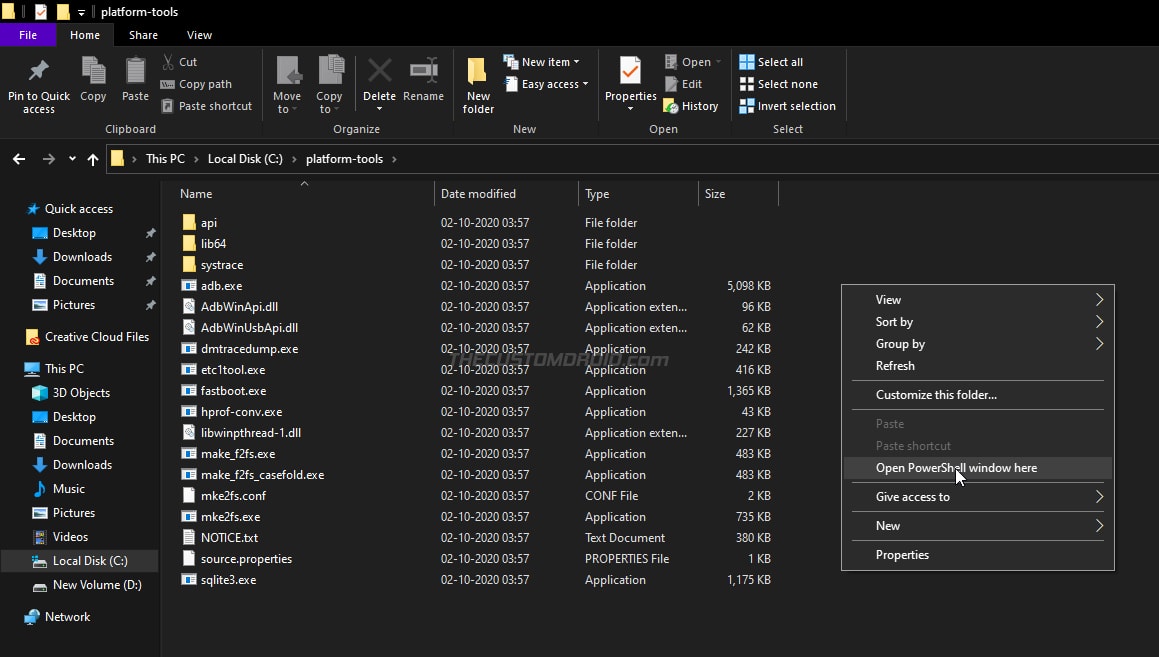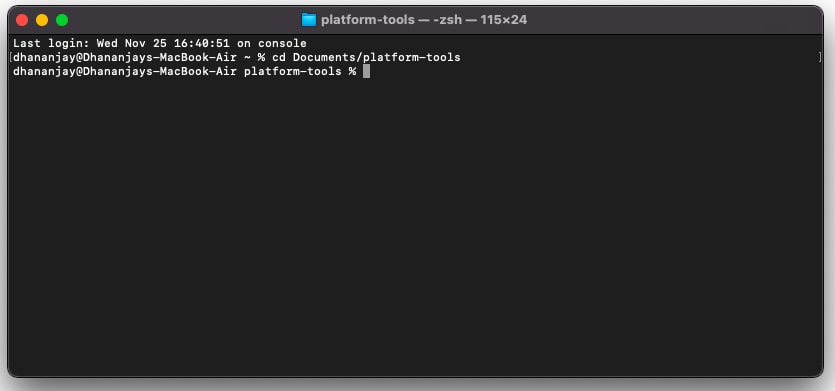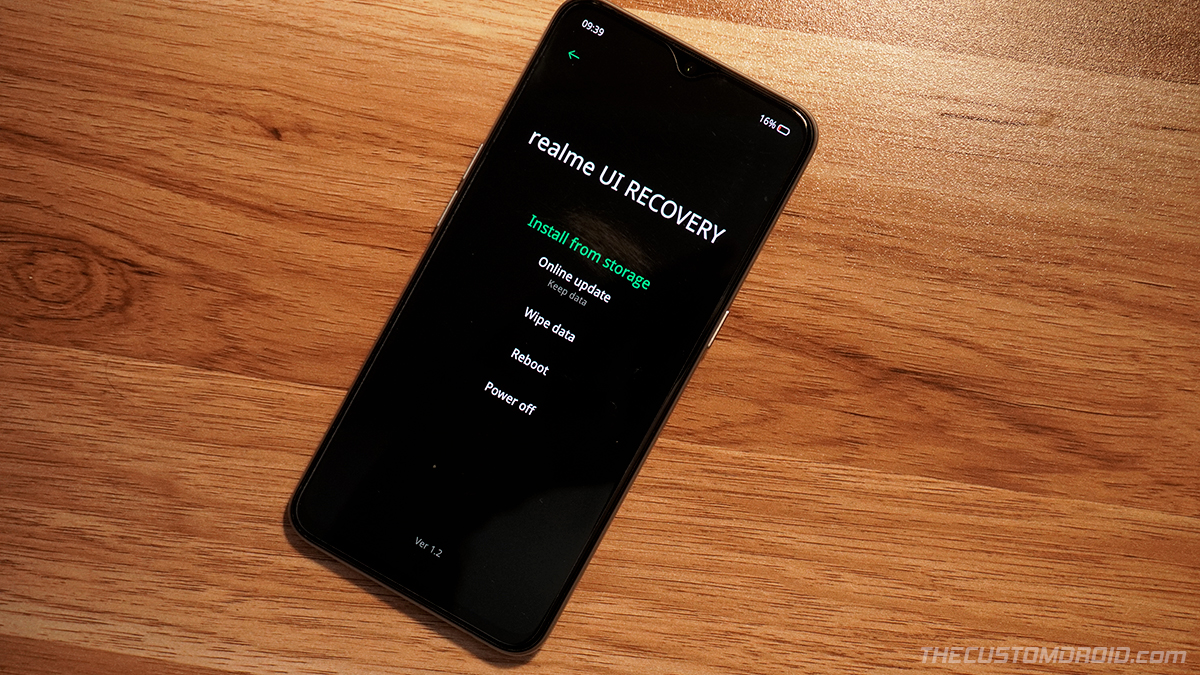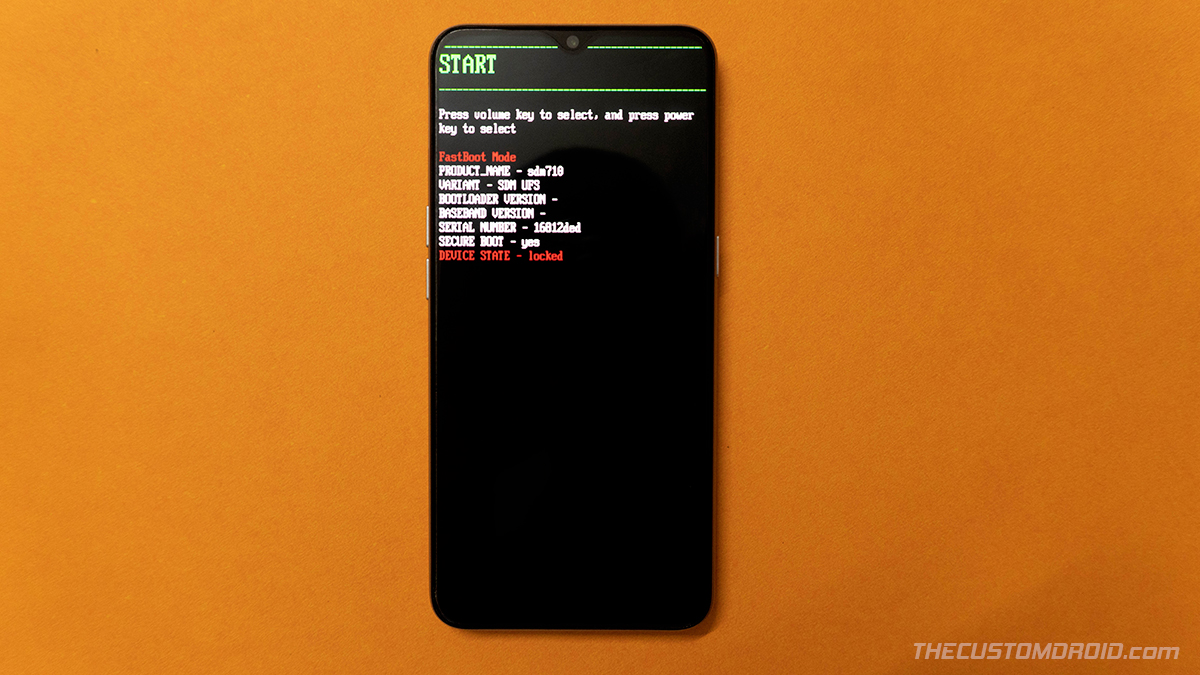If you have or are about to indulge yourself in software modding and flashing, then you would need to enter Fastboot and Recovery modes on your Realme X2 Pro at some point. Even for an average user, knowing about these boot modes and how to boot the phone into them can be useful in various situations. Like while unlocking the phone’s bootloader, restoring the stock Realme UI firmware, performing a factory data reset, and more.
Advertisement
In this guide, we will show you to boot the Realme X2 Pro into Fastboot Mode and Recovery Mode using 2 different methods. These methods involve using the physical key combination and ADB commands to enter the specified boot modes.
Before we get to the instructions, it’s important for you to understand what these boot modes are and when you might need to boot your phone into them.
What is Fastboot Mode?
Fastboot Mode on the Realme X2 Pro is an interface that enables your computer to communicate with your phone’s bootloader over USB using the Android Fastboot tool.
When it comes to practical application, Fastboot Mode is generally used to unlock the bootloader, flash the device partitions for upgrading/downgrading the software, for unbricking, and even for installing a custom recovery such as TWRP or flashing Magisk patched boot images for rooting.
Here’s how Fastboot Mode looks like:
What is Recovery Mode?
Recovery Mode is a bootable partition in Android where the stock recovery (Realme UI recovery) is pre-installed by the manufacturer.
The stock Realme UI Recovery on the Realme X2 Pro can be used to perform a variety of tasks to recover the phone from a boot loop or to fix software-related issues. These tasks include performing a factory data reset, sideloading software updates, and more.
In case you have a custom recovery installed instead of the stock recovery, you can enter TWRP recovery mode to install custom ROMs/kernels/mods, take NANDroid backups, format/erase partitions, flash root solutions like Magisk, and more.
When to use Recovery Mode? Watch this video posted by Google.
The image right at the beginning of this post shows what the stock Recovery Mode looks like.
Page Contents
How to Enter Fastboot and Recovery Modes on Realme X2 Pro
Booting your phone into Fastboot & Recovery Modes can be done through two different ways/methods. Both of these methods have been discussed below along with their corresponding instructions.
Method 1: Using Physical Key Combination
The first way to boot the Realme X2 Pro into Fastboot/Recovery mode is by pressing a dedicated key combination while your phone is powered off. This method is often the one that’s preferred and most-used.
- Start by powering off your Realme X2 Pro. To do this, simply press and hold the Power button to bring up the Power menu and then select ‘Power Off’.
- Wait for a few seconds to ensure that your phone is completely turned off.
- Once you have done that:
- Press and hold the ‘Volume Up’ and ‘Power’ keys together to enter Fastboot Mode
- Press and hold the ‘Volume Down’ and ‘Power’ keys together to enter Recovery Mode
- Release the keys once you see the designated boot mode screen.
Method 2: Using ADB Commands
The second way to boot the Realme X2 Pro into Fastboot and Recovery Modes is by using ADB. The Android ADB tool offers a couple of commands, which when executed from the PC over USB can boot your phone into the said modes. This method can come in really handy while performing things like bootloader unlocking, custom recovery installation, etc.
In order to use this method, you will need to enable USB Debugging phone, install ADB on your PC, and have some basic knowledge of command-line syntax. Further, make sure that you have the latest Realme USB Drivers installed on your computer.
Once you have done the things said above, follow the steps listed below.
- Connect your Realme 6 Pro to the PC using a USB cable.
- Make sure that USB Debugging is enabled on your phone.
- Go to the folder where ADB is installed (e.g. C:\platform-tools) on the computer.
- Hold the ‘Shift’ key on the keyboard and right-click on any empty space inside the folder.
- Select “Open PowerShell window here” from the contextual menu that appears.

- If you’re using macOS or Linux, open the Terminal and change its directory to the platform-tools folder using the cd command.

- Now, enter and execute the following command in the command-line window to ensure that your computer can identify your phone over ADB.
adb devices
- If you see a prompt on the phone’s screen to allow USB debugging, simply press “Allow”.
- Now enter the ADB command depending on the mode you want your phone to boot into.
With your phone in Fastboot Mode, you can now flash the patched boot image to root using Magisk. You can also flash the stock firmware on your Realme X2 Pro using the Realme Flash Tool.
- To exit Fastboot Mode: Press the Volume keys until you see ‘Start’ in Fastboot Mode and then press the Power key.
With your phone in Recovery Mode (Stock or TWRP, whichever you may have installed), you can perform various actions, like a factory reset or manually installing an OTA update in stock recovery. Or, if you have TWRP installed, you can use it to install custom ROMs, kernels, mods, backup/restore your firmware, and even flash Magisk to root your phone.
- To exit Recovery Mode: Select the ‘Reboot’ option in the stock Realme UI recovery, or ‘Reboot’ > ‘System’ if using TWRP.
That’s it! You have just learned how to enter different boot modes on your Realme X2 Pro using two different ways. If you still face any issues while performing the instructions or have any other questions about the mentioned boot modes, feel free to ask us.



